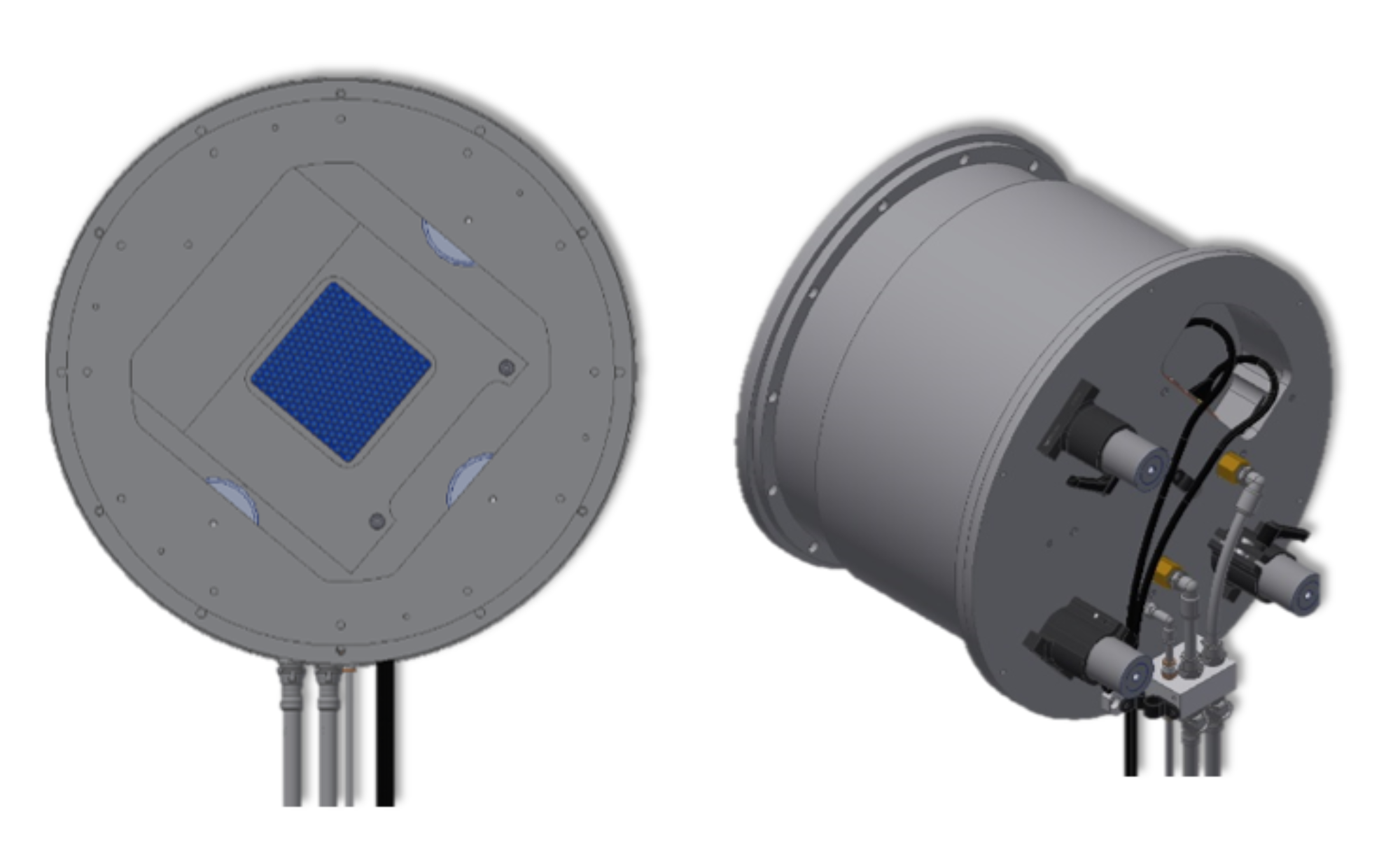White Paper posted on Apr 8, 2018


Flat panel displays (FPD) are electronic viewing technologies used to let people see content in media and entertainment, consumer electronics, personal computer and mobile devices. Other applications and industries are medical, transportation and industrial equipment. FPD is often the preferred choice due to lower weight and less power consumption. Common types of FPD are liquid crystal display (LCD), plasma display panels (PDP) and organic light-emitting diode (OLED).
The global market for FPD continues to grow due to the high demand in the automobile and smartphone industries. As a result of the high demand, the FPD manufacturing industry continues to remain highly competitive. In this cost sensitive arena, FPD manufacturers need to find new ways to reduce the cost of ownership of lithography equipment.
Most lithography systems in FPD manufacturing plants use high power mercury ARC lamps to generate i-line (365nm) wavelength for the photoresist exposure process. This is a costly process as the mercury ARC lamps have a limited lifetime, typically less than one month, which results in downtime to swap lamps.. The cost of replacing the high power mercury ARC lamp, together with the high electricity consumption, and disposal of mercury waste, turns out to be a substantial operating cost.
This paper will demonstrate how the use of ultraviolet light emitting diode (UV LED), in replacing the high power mercury lamp, will reduce the overall operating cost which therefore lowers the cost of ownership of the stepper. The breakdown of cost structure will be discussed in detail and show that UV LED is a good replacement solution for the high power mercury ARC lamp.
The throughput improvement by using UV LED will also be discussed and compared to the conventional high power mercury arc lamp. The analysis will also show that the consistency of throughput, as compared to the degradation of mercury arc lamp intensity, as well as the time saved for replacement further reduces operating costs.
This paper also demonstrates the improved performance of dose accuracy and repeatability, as well as the capability to achieve extremely low exposure doses without compromising dose accuracy. The improvement in stepper reliability by removing the conventional shutter moving parts will also be discussed.
The performance data for illumination intensity, dose accuracy, uniformity, spectral line width, CD uniformity and cost reduction will be discussed in detail. The final analysis will show that moving to UV LED illumination offers lower cost and better performance.